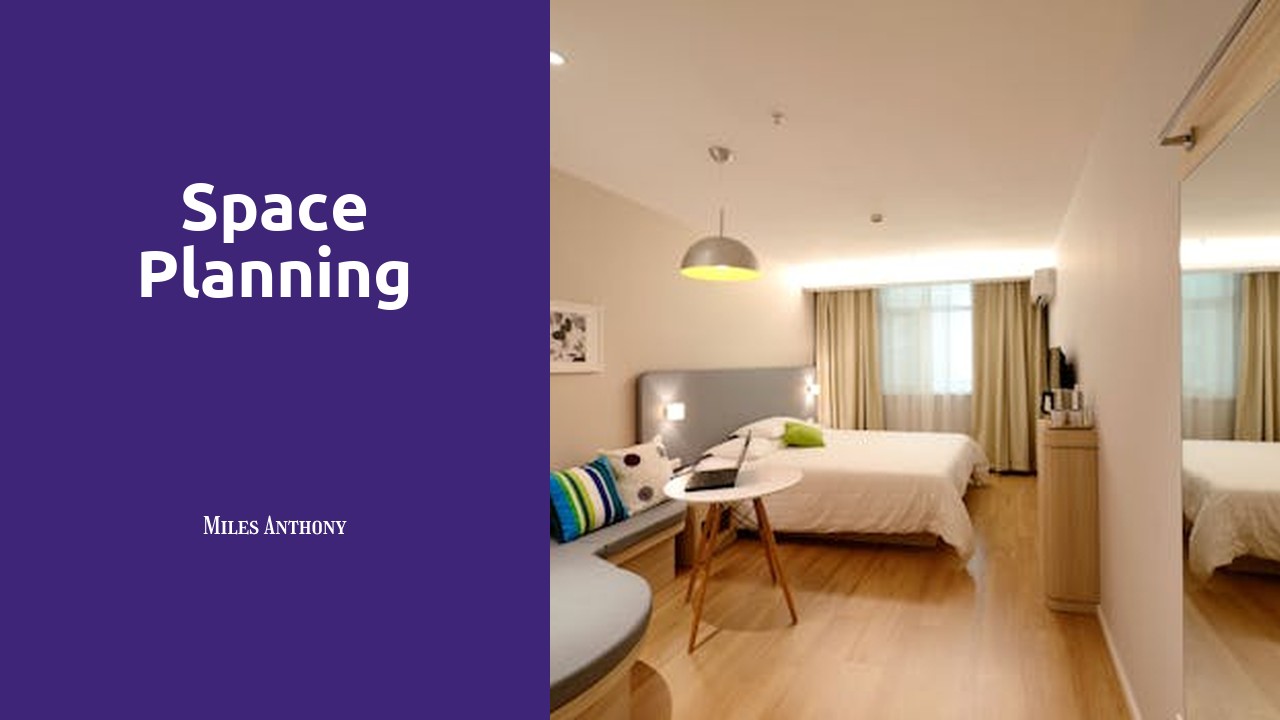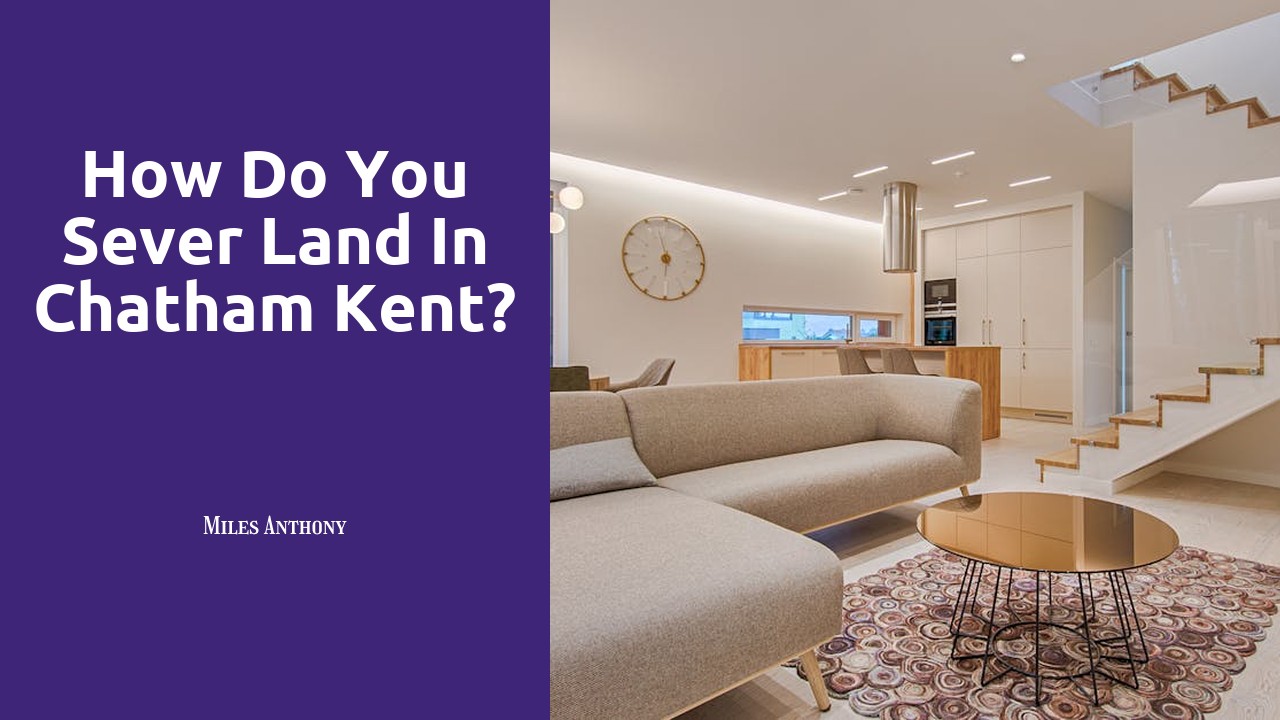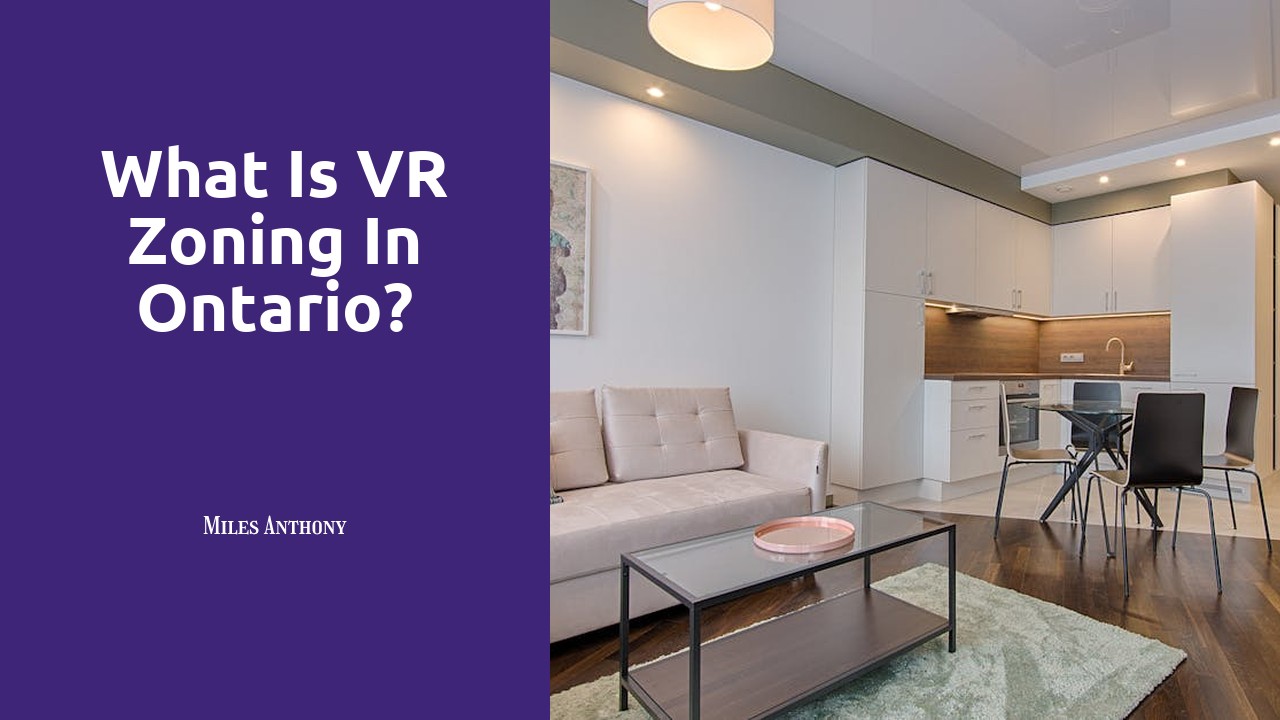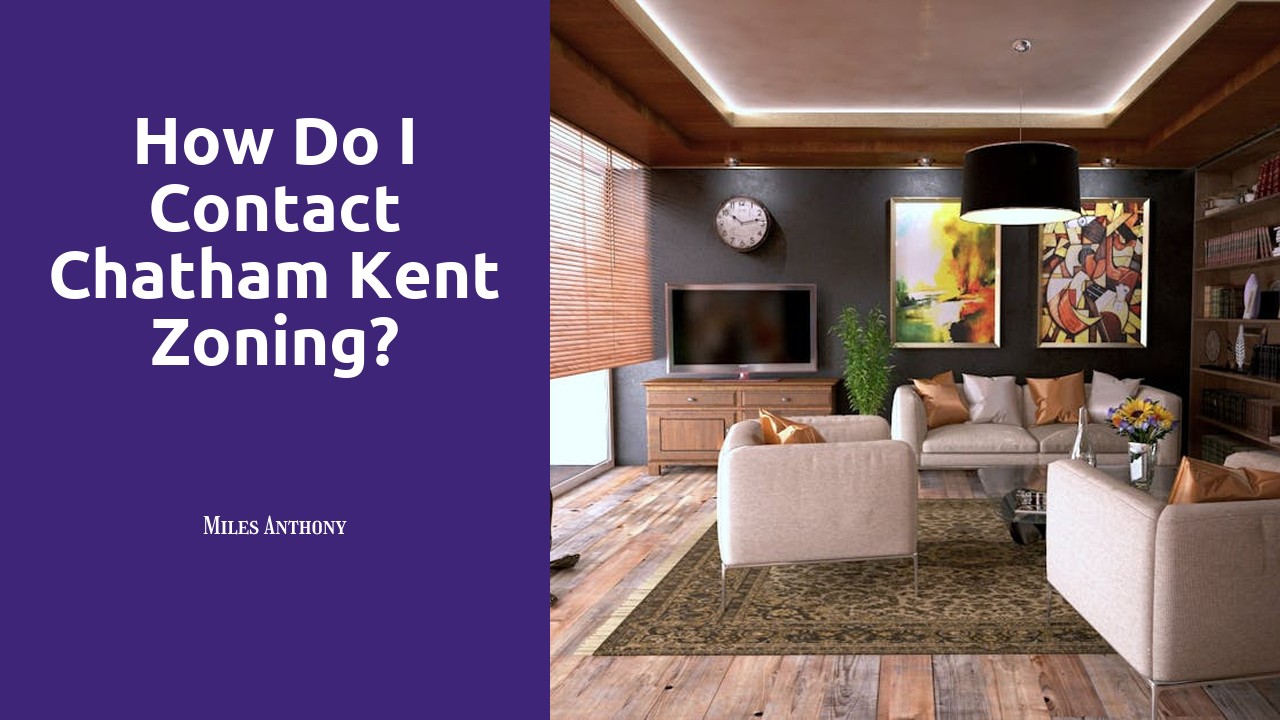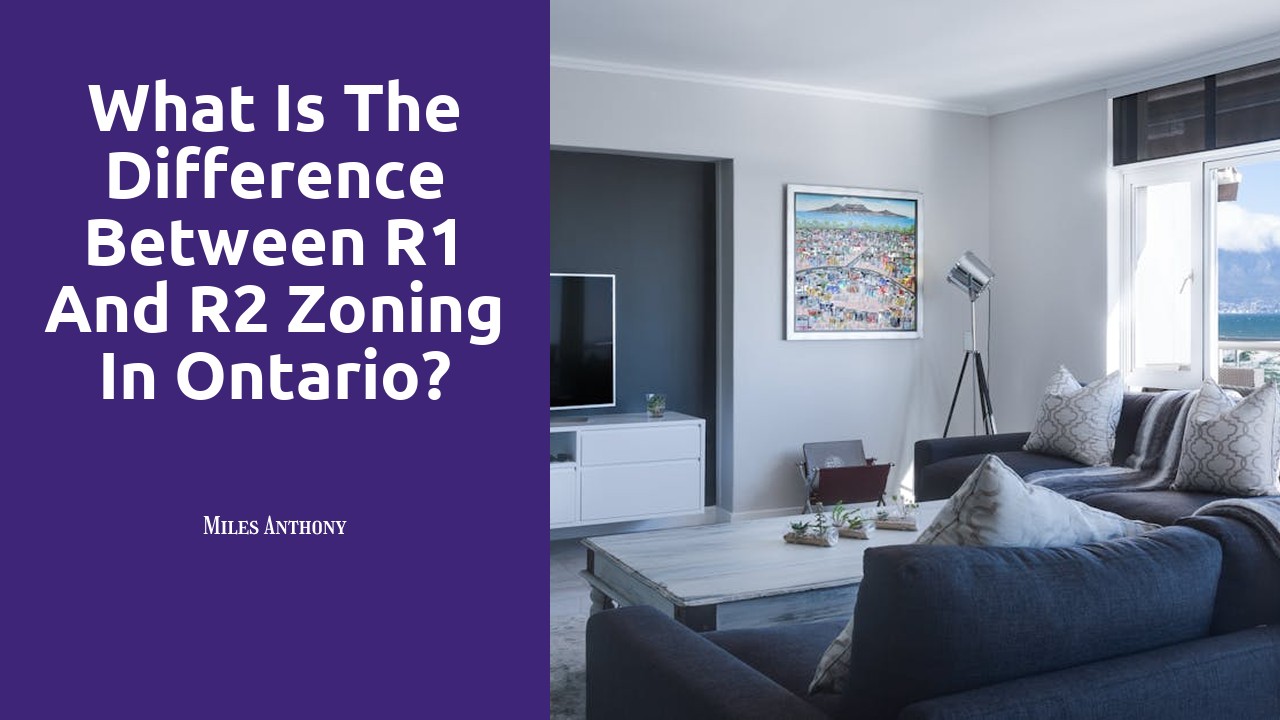
Table Of Contents
Impact of R1 and R2 Zoning on Property Values
R1 and R2 zoning designations play a crucial role in shaping property values in Ontario. In R1-zoned areas, typically characterized by single-family dwellings, property values tend to be higher due to the sought-after tranquility and exclusivity that these neighbourhoods offer. Residents often prefer the lower population density and larger lot sizes associated with R1 zoning, leading to an increased demand and subsequently higher property values. Conversely, R2-zoned areas, which permit a mix of single-family and multi-family dwellings, may experience more fluctuation in property values. The presence of multi-family units can impact the perceived desirability of the neighbourhood, potentially leading to varying property values within R2-zoned districts. Space Planning in Milton is paramount in ensuring that the balance between single-family and multi-family developments aligns with residents' preferences and maintains property values across different zoning areas.
Market Trends in R1 versus R2 Zoned Neighborhoods
Market trends in R1 and R2 zoned neighborhoods in Ontario can provide valuable insights for potential real estate investors. R1 zoning typically designates areas for single-family homes, leading to more uniform and residentially focused neighborhoods. These zones often cater to individuals seeking a quiet living environment with less density and traffic. In contrast, R2 zoning allows for a mix of single-family and multi-family dwellings, creating more diverse communities with varied housing options. By looking at market trends in both types of zones, investors can gauge the demand for different types of housing and make informed decisions regarding property investments.
An interesting case study for analyzing market trends in R1 versus R2 zoned neighborhoods could be Space Planning in Thunder Bay. By examining property values, vacancy rates, and sales volume in these areas, researchers can identify patterns and preferences among homebuyers. Understanding the dynamics between R1 and R2 zoning in specific regions like Thunder Bay can shed light on how zoning regulations impact housing markets and influence buyer behaviour. This comprehensive analysis can be pivotal for developers, policymakers, and real estate professionals looking to navigate the nuances of residential zoning in Ontario.
Environmental Considerations in R1 and R2 Zoning
When it comes to environmental considerations in R1 and R2 zoning in Ontario, one key aspect to examine is the green space requirements in these designated areas. R1 zoning typically involves larger lot sizes, which can allow for more green space within residential properties. This can help in maintaining biodiversity, providing residents with access to nature, and contributing to a healthier environment overall. In contrast, R2 zoning may have smaller lot sizes, which can impact the amount of green space available within the neighborhood. It is essential for city planners and developers to strike a balance between accommodating housing needs and preserving green spaces to promote sustainable living environments.
In Space Planning in Vaughan, environmental considerations play a vital role in ensuring that new developments align with the city's commitment to sustainability. The inclusion of green spaces, tree preservation initiatives, and environmentally conscious infrastructure design are key factors that contribute to creating healthier and more liveable communities. By integrating environmental considerations into the zoning regulations for both R1 and R2 areas, Vaughan can work towards developing neighborhoods that are not only aesthetically pleasing but also environmentally sustainable for generations to come.
Green Space Requirements in R1 and R2 Zoned Areas
Green space requirements differ significantly between R1 and R2 zoned areas in Ontario, with implications for the aesthetics and functionality of neighbourhoods. In R1 zones, which generally cater to single-family homes, the emphasis is on larger lots and more spacious yards to provide ample green space for residents. This promotes a sense of privacy and tranquility within the community, encouraging outdoor activities and fostering a connection with nature. On the other hand, R2 zones, typically designated for semi-detached or townhouse developments, have more compact lots with smaller yards. Despite the reduced individual green space, these areas often feature shared or communal green spaces to compensate for the smaller private yards and ensure residents have access to nature within their neighbourhoods.
Space Planning in Richmond Hill takes into account the varying needs and preferences of residents when determining green space requirements in R1 and R2 zoned areas. Striking a balance between private and communal green spaces is crucial to creating vibrant and sustainable neighbourhoods that meet the diverse needs of residents. By incorporating adequate green spaces into urban planning, Richmond Hill can enhance the quality of life for its residents, promote community well-being, and contribute to a healthier and more environmentally friendly cityscape.
Community Planning in R1 and R2 Zones
Community planning in R1 and R2 zones plays a significant role in shaping the urban landscape of neighborhoods in Ontario. R1 zoning typically pertains to single-family residential areas, emphasizing lower density and larger lot sizes, while R2 zoning allows for duplexes or semi-detached homes, promoting a slightly higher density. Space planning in Kingston, for instance, must adhere to these zoning regulations to ensure that the development of neighborhoods aligns with the designated land use categories.
When it comes to community planning in R1 and R2 zones, city officials need to consider factors such as infrastructure, traffic flow, and overall aesthetic appeal. By strategically guiding the development within these zones, planners can create cohesive and harmonious communities that cater to the needs of residents while maintaining the character of the area. This careful balance between residential densities and amenities is crucial in fostering sustainable and vibrant neighborhoods across Ontario.
Public Infrastructure Standards for R1 and R2 Developments
Public infrastructure standards play a crucial role in guiding the development of R1 and R2 zoned areas in Ontario. In R1 zones, characterized primarily by single-family homes, the focus is on ensuring adequate road networks, street lighting, and sidewalks to cater to the needs of residents. Conversely, in R2 zones where there is a mix of housing types such as duplexes and townhouses, the infrastructure standards may emphasize shared amenities like parks and community centers to foster a sense of community among residents. These standards are put in place to promote safety and convenience while enhancing the overall quality of life in both types of zoning areas.
Space Planning in Waterloo, like in many other Ontario regions, is intricately linked with public infrastructure standards for R1 and R2 developments. In R1 zones, regulations may prioritize spacious front yards and setbacks to maintain the suburban character of the neighborhood, whereas R2 zones might see a greater emphasis on ensuring adequate green spaces within proximity to residential areas. Both zones aim to strike a balance between urban development and preserving natural elements to create sustainable and liveable communities for residents. By adhering to these standards, municipalities can effectively manage growth and promote responsible land use planning in alignment with the needs of the community.
FAQS
What is R1 zoning in Ontario?
R1 zoning in Ontario refers to residential zoning that allows for single-family homes on individual lots. These areas are typically designated for low-density housing.
What is R2 zoning in Ontario?
R2 zoning in Ontario refers to residential zoning that allows for a mix of housing types, including single-family homes, duplexes, and townhouses. These areas are often designated for medium-density housing.
How does R1 zoning impact property values in Ontario?
Properties located in R1 zones tend to have higher property values compared to those in R2 zones due to the exclusivity of single-family homes and lower density of housing.
What are the environmental considerations in R1 and R2 zoning in Ontario?
R1 zoning typically requires more green space and landscaping to maintain the character of the neighborhood, while R2 zoning may allow for higher density development with less green space.
How does community planning differ in R1 and R2 zones in Ontario?
Community planning in R1 zones focuses on preserving the character of the neighborhood through single-family homes, while R2 zones may involve more mixed land uses and housing types to accommodate a diverse population.
What are the public infrastructure standards for R1 and R2 developments in Ontario?
Public infrastructure standards for R1 developments may prioritize individual services like water and sewage for single-family homes, while R2 developments may have shared infrastructure for multiple housing units.
